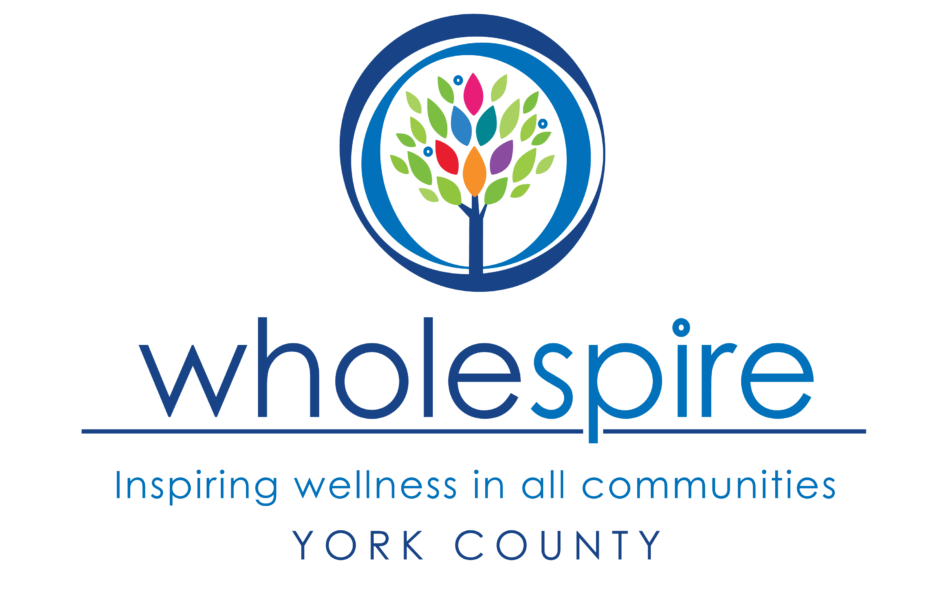Childhood obesity is a very serious problem. Nationally, the numbers of children and teens who are overweight or obese is now almost one out of every three! [source: F as in Fat annual report, July 2011 – see https://healthyamericans.org/report/88/ ] The future likelihood of an overweight or obese child developing diabetes and/or high blood pressure as an adolescent, and cancer as an adult, are significantly higher than a healthy weight child.
How are childhood overweight and childhood obesity defined?
Overweight and obesity status are determined by using a person’s weight and height to calculate a number called the “body mass index” (BMI). Because for most people BMI correlates with their amount of body fat, it is the one that health care providers use.
BMI for children and teens (also called BMI-for-age) is also calculated number based on weight and height. However, it is further linked to a child’s or teen’s current age so that it takes into account normal differences in body fat between boys and girls and differences in body fat at various stages of growth and development.
After BMI is calculated for children and teens, the BMI numbers are plotted on girls’ or boys’ “BMI-for-age” growth charts to obtain a percentile ranking. Percentiles are the most commonly used indicator to assess the size and growth patterns of individual children in our country. The percentile indicates the relative position of a child’s BMI number among children of the same sex and age across the United States. The “BMI-for-age” growth charts determine the weight status categories used with children and teens, which are:
Underweight = Less than the 5th percentile
Healthy-weight = 5th percentile to less than the 85th percentile
Overweight = 85th to less than the 95th percentile
Obese = Equal to or greater than the 95th percentile
[see https://www.cdc.gov/obesity/defining.html and https://www.cdc.gov/healthyweight/assessing/bmi/childrens_bmi/about_childrens_bmi.html ]
Here in York County efforts are currently underway to determine the obesity level among our children. ESMMYC volunteers have partnered with Head Start centers in our area to track the numbers of 3- and 4-year-old children who are already obese at such an early age. Also, a similar volunteer effort was started this past year in the 3rd & 4th Grades of Rock Hill School District #3.
The idea is that we as a community cannot know whether we are achieving healthy weight status unless we have some measurable indicators. Wherever you live in York County, ESMMYC hopes you will support these and similar efforts in your local schools and pre-schools.
BMI-for-Age Data
